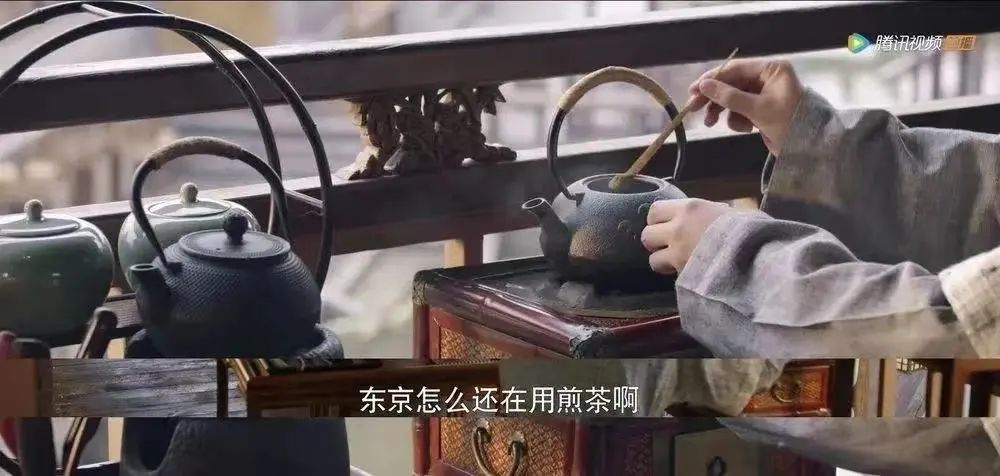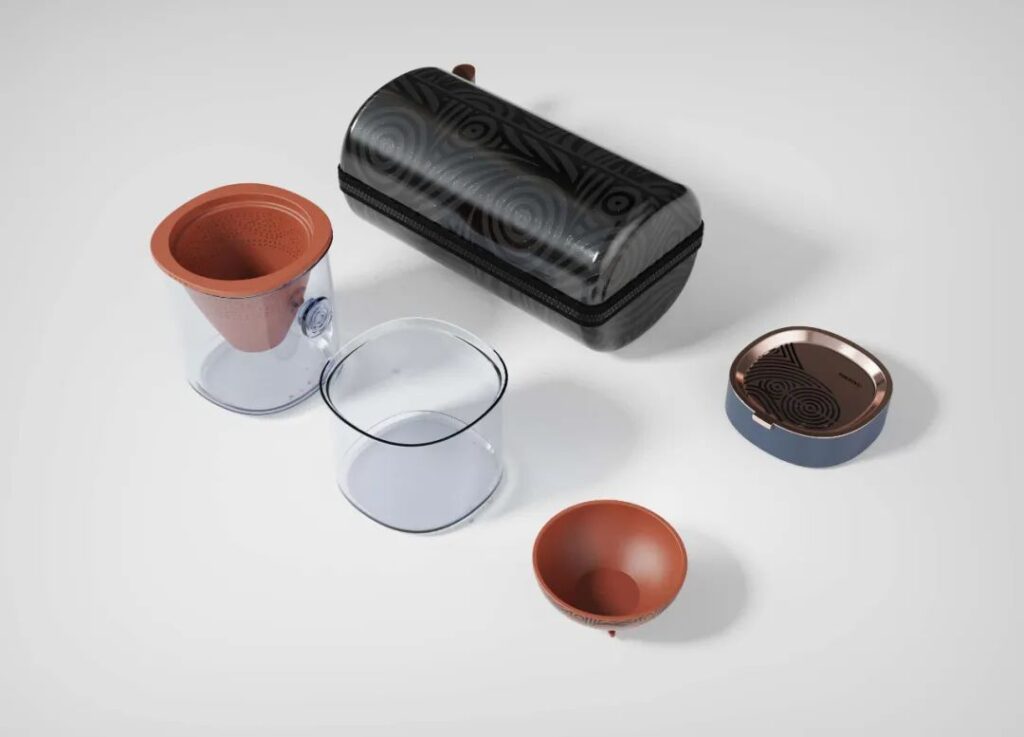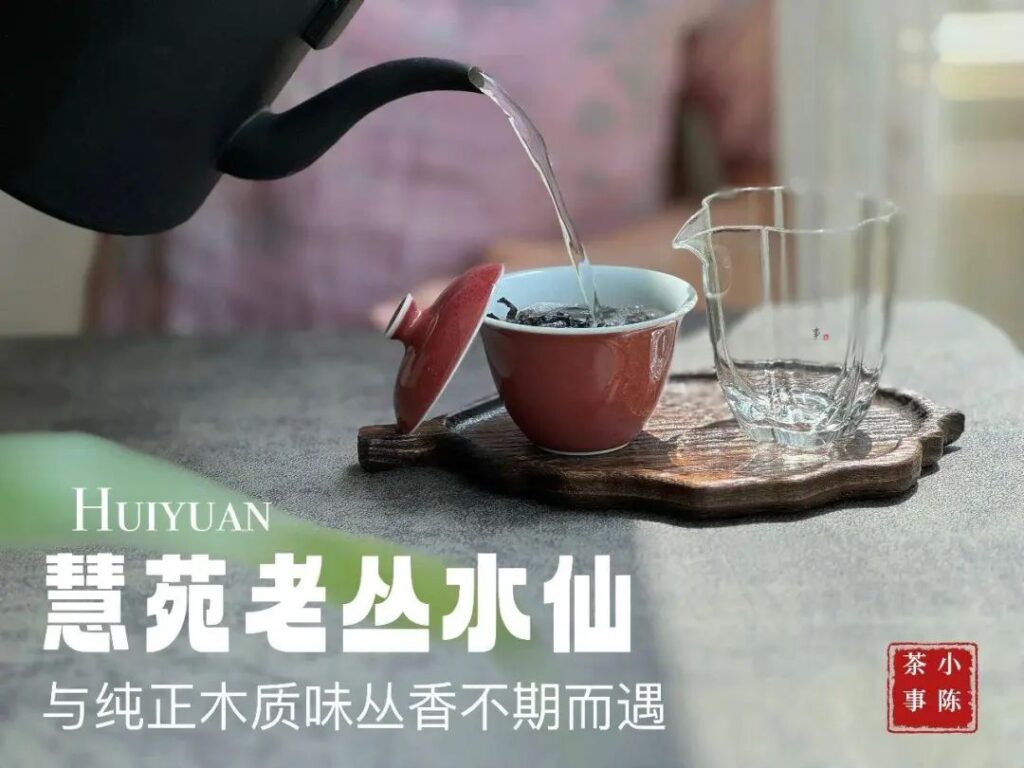Tracing the history of Chinese tea, it is evident that the way Chinese people enjoy tea has evolved through various stages, from boiling, frying, to steeping. Although the Tang Dynasty marked the first peak of Chinese tea culture, it merely laid the groundwork for the emergence of the Chinese tea ceremony. It was during the Song Dynasty that the Chinese tea ceremony truly came into being, primarily because it was then that the concept of tea embodying the Tao and the Tao being present in tea, or the unity of tea and Tao, truly took shape.
How did people drink tea in the Song Dynasty? Unlike the Tang Dynasty’s method of frying tea, which involved adding spices and salt, the Song Dynasty emphasized the pure flavor of the tea soup. The method of ‘dian cha’ (point tea) was prevalent during the Song Dynasty, where tea cakes were ground into fine powder, placed in a tea bowl, and a small amount of boiling water was added to form a paste. Then, according to the amount of tea, boiling water was poured in while the tea was whisked with a tea whisk, creating a frothy tea soup to be sipped slowly.
From the boiled tea of the Sui and Tang dynasties to the whisked tea of the Song dynasty, and then to the abandonment of tea cakes and tea balls in favor of loose tea during the Ming dynasty, a new method of tea consumption emerged: brewing tea. This method allows for the perfect reproduction of the tea’s original flavor and the true color of the tea soup, which became highly popular and has been used to this day. Tea dueling events provided an opportunity for acquaintances to gather and effectively enhanced the emotional connection and communication among them. The tea dueling trend that began in the Song dynasty is a typical embodiment of making friends through tea and using tea to clarify ethics. Tea dueling, also known as ‘dou ming’ or ‘ming zhan’, is a group activity where people gather to evaluate the quality of tea. As it evolved, tea dueling developed into a series of activities including tea games (competing in tea pouring skills), quality tea evaluation (assessing the quality of tea soup), and tea commands (reciting tea commands and poems). Zhao Mengfu’s ‘Tea Dueling Picture’ (partial) and Emperor Huizong of Song’s preface in ‘Daguan Tea Treatise’ describe the prosperity of tea dueling at that time: ‘Scholars of the world, inspired by purity and integrity, compete in leisurely pursuits, all, sipping the essence and savoring the beauty, comparing the refinement of their tea caddies, and competing in the discernment of tea. ‘ The phrase ‘dueling brewed tea water’ vividly shows people gathering in groups, enriching daily life with the elegant activity of tea, enhancing human relationships, and enjoying the pleasure of group life. What is Tea Hundred Games? CCTV News provided a detailed popular science explanation for Tea Hundred Games: Tea Hundred Games first appeared in the Tang dynasty and flourished in the Song dynasty. It was regarded as a cultural activity in the Song period, also known as ‘water danqing’ or ‘fen cha’. The classic text comes from Tao Gu’s ‘Record of Tea’: ‘Tea Hundred Games… In recent times, there are those who pour soup and move the spoon, applying exquisite techniques to make the soup patterns and water veins form images of animals, insects, fish, flowers, and plants, as delicate as paintings, but they disperse in an instant. ‘ The biggest feature of Tea Hundred Games is that it uses only tea and water as materials, and through physical methods such as pouring soup and stirring with a tea spoon, it can create patterns on the surface of the tea soup. Creating ‘water danqing’ requires not only painting skills but also tests the basic skills of ‘dian cha’, because only by creating a more dense and lasting foam can there be time for painting and appreciation. How difficult is it to ‘latte art’ with water on tea? The brilliant Tea Hundred Games of the Song dynasty gradually declined in the Ming dynasty as dian cha was no longer popular, and it was lost in modern times. Zhang Zhifeng, a representative inheritor of Fujian’s intangible cultural heritage of Tea Hundred Games, spent more than twenty years on historical research and numerous scientific experiments, and rescued the art of Tea Hundred Games in 2009. In 2013, the art of Tea Hundred Games was granted a national invention patent, and in 2017, it was included in Fujian’s intangible cultural heritage, becoming known to more people. Starting with a piece of tea cake, the process includes the following steps: roasting tea ↓ grinding tea ↓ waiting for soup ↓ pouring soup ↓ whisking (stirring to create a dense and lasting foam, also known as tea soup suspension) dividing tea ↓ (using a tea spoon to add water or a soup pot to pour soup to make the tea soup form patterns). Zhang Zhifeng compares this process to painting, which must be completed in one go within a few minutes. Due to the special material of the ‘canvas’, which is fluid, the images on the tea soup can be maintained for up to 15 minutes.
After extensive research and experimentation, Zhang Zhifeng discovered that to create art on tea soup with clear water, both the raw materials and the methods are indispensable. Among them, swiftly striking the tea soup to form a stable tea soup suspension is the key to tea painting.
“By utilizing the flowing and dynamic characteristics of the tea soup, it showcases the creativity of the ancients, opening a window for everyone to understand and recognize Song culture, and adding interest to the experience of drinking tea.

